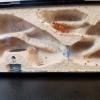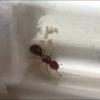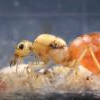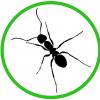Hello! I hope you are doing well.
Lately, I have been reading several care sheets and I was surprised to see how most of them qualify Pogonomyrmex (Rugosus, Barbatus, Subnitidus) as a "dangerous" species.
Checking yesterday AntsEmporium site, I see the following disclaimer under the listed Pogonomyrmex
Bite/ Sting/ Formic acid: Yes, a very painful sting that can last for hours. One of the most venomous insects in the world. They also bite, Please handle with care.
So, my question: Is this as bad as presented?
I have a colony of rugosus and one of subnitidudes and I never have taken enough measures of protection, if so.
I will appreciate advice.



















